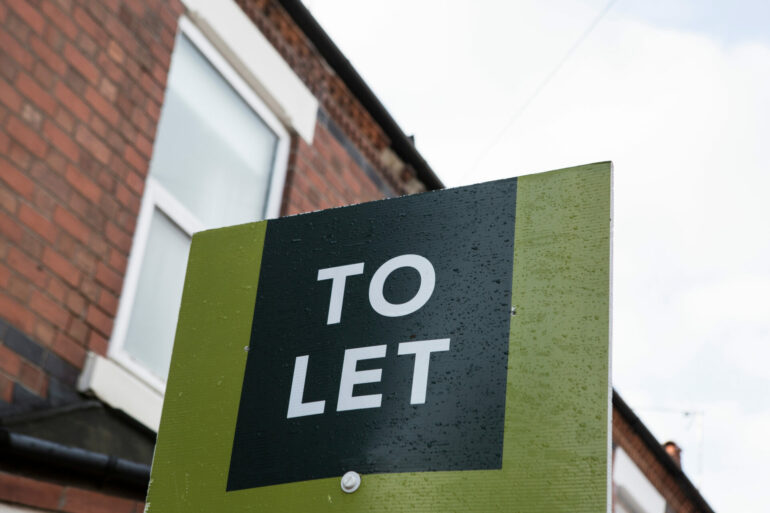Analysis from SimplyPhi’s Q3 2025 Regional Housing Market Report has found that just 1.7% of private rental homes in England are affordable to households relying on Local Housing Allowance (LHA), leaving 98% of properties beyond reach for low-income renters.
The report revealed that average market rents continue to outpace LHA rates across all nine English regions, creating what SimplyPhi describes as an “Affordability Gap” that is pushing more families towards housing insecurity and homelessness.
Across England, the shortfall between average rents and LHA rates now ranges from £412 to £1,229 per month.
Out of nearly 76,000 properties on the rental market this quarter, only 1,041 were available at or below LHA levels, marking a 10% drop in affordable supply compared to the previous quarter.
SimplyPhi said the small narrowing of the Affordability Gap in some regions was driven by a slight easing in rental growth rather than any policy improvement.
LHA rates have been frozen since April 2024 and no longer reflect the 30th percentile of market rents as originally intended.
London remained the most unaffordable region, with an average rent of £3,095 per month compared to an average LHA rate of £1,796 – leaving a shortfall of £1,299.
While this gap has narrowed by £120 since the previous quarter, only 1% of London’s 26,064 available rental properties are priced within LHA limits.
The capital also saw a 5% drop in the number of rental listings, which SimplyPhi attributes to uncertainty surrounding the Renters’ Rights Bill, recent tax changes, and the planned abolition of Section 21.
The report warned that the continued LHA freeze for 2025/26 is deepening a “policy-driven poverty trap”, forcing more households into temporary accommodation (TA) and straining local authority budgets.
Omar Al-Hasso, CEO of SimplyPhi, said: “The lack of affordable housing severely limits the ability to secure suitable homes, pushing more families into expensive, overcrowded, or unsuitable housing.
“This quarter’s data highlights that the housing emergency is far from receding — in fact, it’s accelerating, with the affordability gap widening and temporary accommodation usage hitting record highs.
“The scarcity of affordable homes demands urgent systemic intervention and a new approach to housing provision.
“Coordinated, large-scale solutions between key stakeholders, including institutional investment, are needed to strengthen affordable supply and close the affordability gap.”



